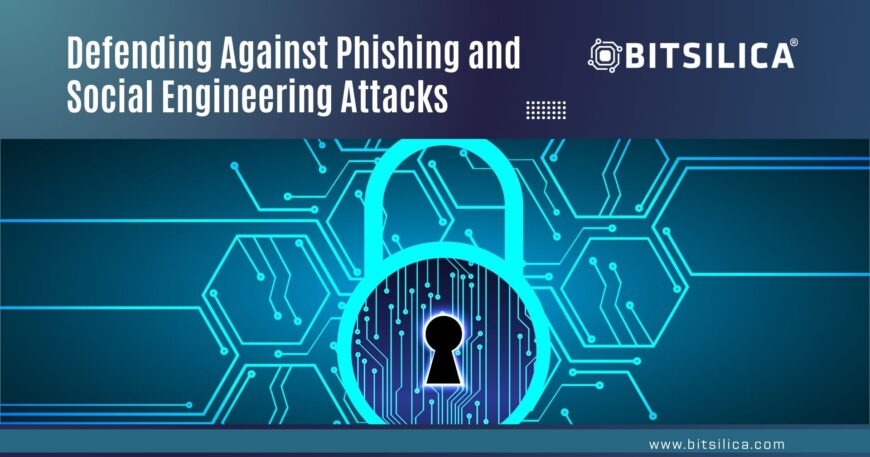Defending Against Phishing and Social Engineering Attacks
Introduction
Phishing and social engineering attacks are among the most common and effective tactics used by cybercriminals to gain unauthorized access to sensitive information. Understanding these threats and knowing how to defend against them is crucial for maintaining security at both personal and organizational levels.
Understanding Phishing Attacks
Phishing is a type of cyber attack where attackers impersonate legitimate entities to trick individuals into divulging sensitive information, such as usernames, passwords, and credit card details. These attacks often come in the form of emails, messages, or websites that appear genuine.
Types of Phishing Attacks:
• Email Phishing: Attackers send fraudulent emails that appear to come from reputable sources, often urging recipients to click on malicious links or download attachments.
• Spear Phishing: Targeted phishing attacks aimed at specific individuals or organizations, often using personalized information to increase credibility.
• Whaling: A type of spear phishing that targets high-profile individuals like executives or celebrities.
• Smishing and Vishing: Phishing via SMS (smishing) or voice calls (vishing).
Example: In 2016, phishing emails were used to gain access to the email account of John Podesta, chairman of Hillary Clinton’s presidential campaign, leading to a major political scandal.
Recognizing Phishing Attempts
Identifying phishing attempts is the first step in defending against them. Look out for the following signs:
• Suspicious Sender Addresses: Check the sender’s email address for inconsistencies or misspellings.
• Generic Greetings: Phishing emails often use generic greetings like “Dear Customer” instead of your name.
• Urgent or Threatening Language: Messages that create a sense of urgency or fear to prompt immediate action.
• Unusual Requests: Requests for sensitive information or payments that seem out of context.
• Suspicious Links and Attachments: Hover over links to see the actual URL and avoid clicking on suspicious links or downloading unknown attachments.
Example: In 2020, phishing emails impersonating the World Health Organization (WHO) circulated, exploiting the COVID-19 pandemic to steal personal information.
Understanding Social Engineering Attacks
Social engineering involves manipulating individuals into performing actions or divulging confidential information. Unlike phishing, which uses electronic means, social engineering can involve face-to-face interactions or phone calls.
Common Social Engineering Tactics:
• Pretexting: Creating a fabricated scenario to trick individuals into divulging information or performing actions.
• Baiting: Offering something enticing (e.g., a free USB drive) to get individuals to perform certain actions.
• Tailgating: Following an authorized person into a restricted area without proper authorization.
• Quid Pro Quo: Offering a service or benefit in exchange for information.
Example: In 2017, a social engineering attack on a bank involved an attacker posing as an IT technician to gain physical access to the server room, resulting in significant data theft.
Preventing Phishing and Social Engineering Attacks
Implementing best practices can help prevent these attacks and mitigate their impact.
Best Practices:
• Education and Awareness: Regular training sessions to educate employees about recognizing and responding to phishing and social engineering attacks.
• Verification Protocols: Always verify the identity of individuals requesting sensitive information through an independent channel.
• Secure Communication Channels: Use secure and verified communication channels for sensitive information exchange.
• Access Controls: Implement strict access controls and limit the information available to employees based on their roles.
• Multi-Factor Authentication (MFA): Use MFA to add an extra layer of security beyond just passwords.
• Incident Response Plan: Have a clear plan for reporting and responding to suspected phishing or social engineering attempts.
Example: A notable case involved a multinational company that regularly conducted phishing simulations and training, significantly reducing the success rate of phishing attacks among its employees.
Conclusion
Conclusion Phishing and social engineering attacks are evolving and becoming more sophisticated. By staying informed, being vigilant, and following best practices, we can protect ourselves and our organization from these threats. Remember, the first line of defense is always awareness and education.
Explore More: Best Practices for Secure Internet Usage





